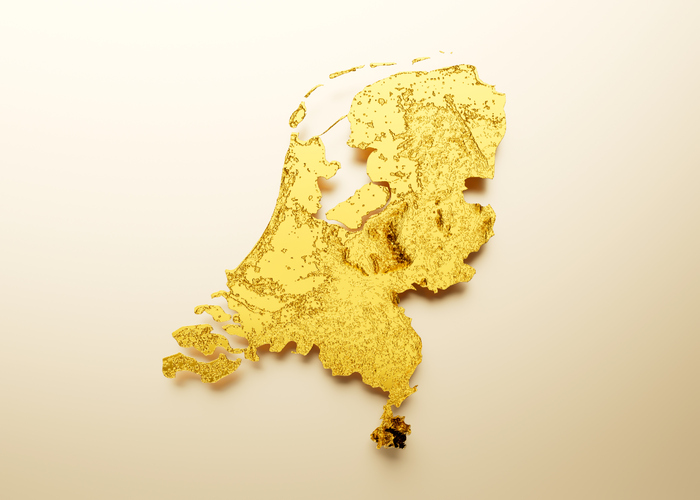Central Bank Gold Purchases: Stunning Impact on The Gold Market
The comments below are an edited and abridged synopsis of an article by Steve St. Angelo
Central banks sold a staggering amount of gold into the market up until 2009; they became net purchasers after the 2008 market meltdown.
 The US sold some of its gold reserves from 2002 to 2009. During that time, nearly 1,800 tonnes of gold went into gold ETFs, accounting for 52% of central bank gold sales.
The US sold some of its gold reserves from 2002 to 2009. During that time, nearly 1,800 tonnes of gold went into gold ETFs, accounting for 52% of central bank gold sales.
In 8 years, central banks sold 3,425 tonnes of gold (110 million ounces) into the market; from 2002 to 2008 (the majority of sales), central banks supplied roughly 20% of global mine supply.
That is more than the current 93 million ounces of global gold holdings, including depositories, mutual funds and ETFs. Central banks sold nearly 4 times the gold that SPDR’s GLD ETF holds (28 million ounces).
Central bank sales of 110 million ounces (2002 to 2009) switched to purchases of 118 million ounces (2010 to 2017); the net change on the gold market was a stunning 228 million ounces. There was an extra supply of 110 million ounces from 2002 to 2009, but this became demand of 118 million ounces during the next 8-year period.
Estimated central bank gold sales were $53 billion versus purchases of $163 billion.
If central banks sold their gold during the second period (2010 to 2017), they would have made $143 billion rather than the $53 billion (2002 to 2009) (based on an average gold price of $1,300).
Of the 374 tonnes of gold purchased by central banks in 2017, Russia bought 224 tonnes, or 60%. Russia added 804 tonnes of gold to its reserves from 2014 to 2017; it purchased 40% of all central bank gold during that period.
It will be interesting to see how the situation unfolds in the global economic and financial systems when the next major market correction takes place.

